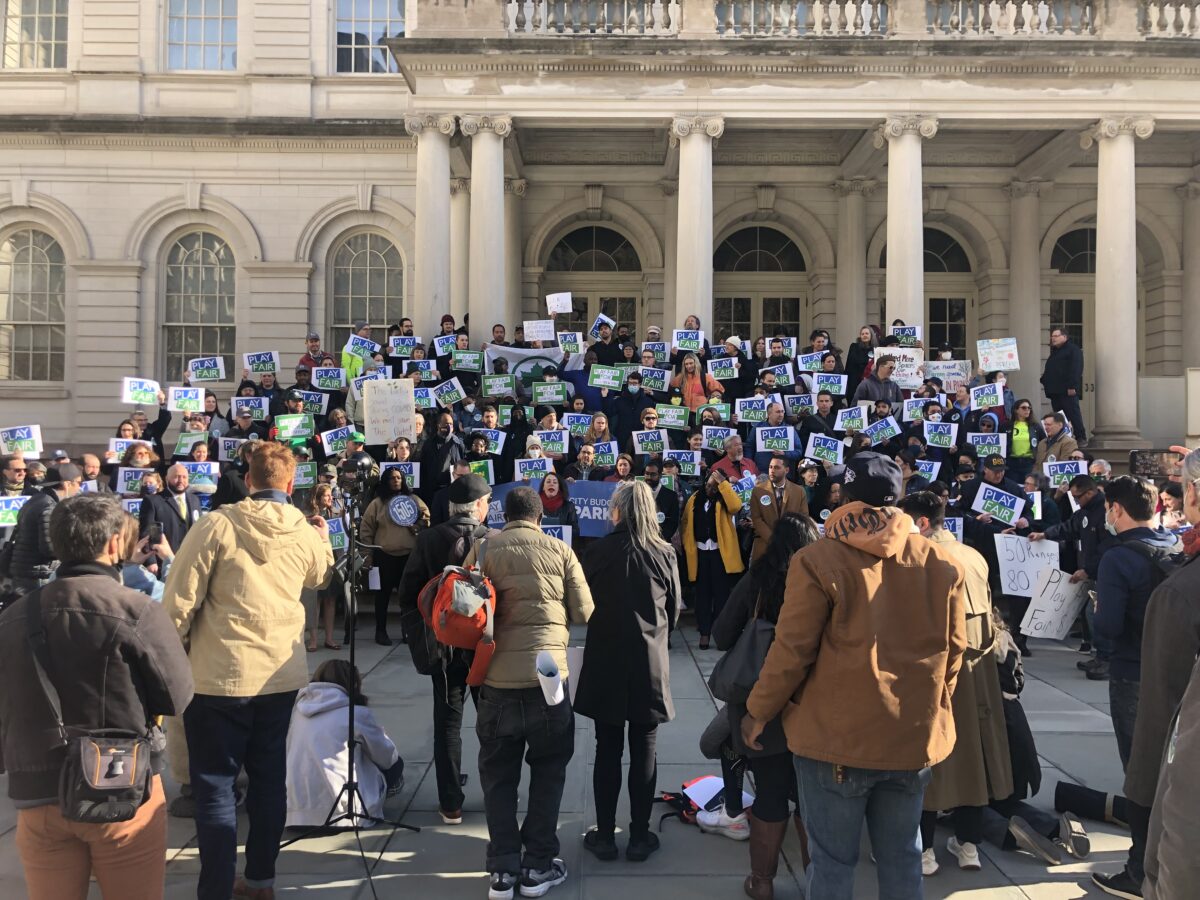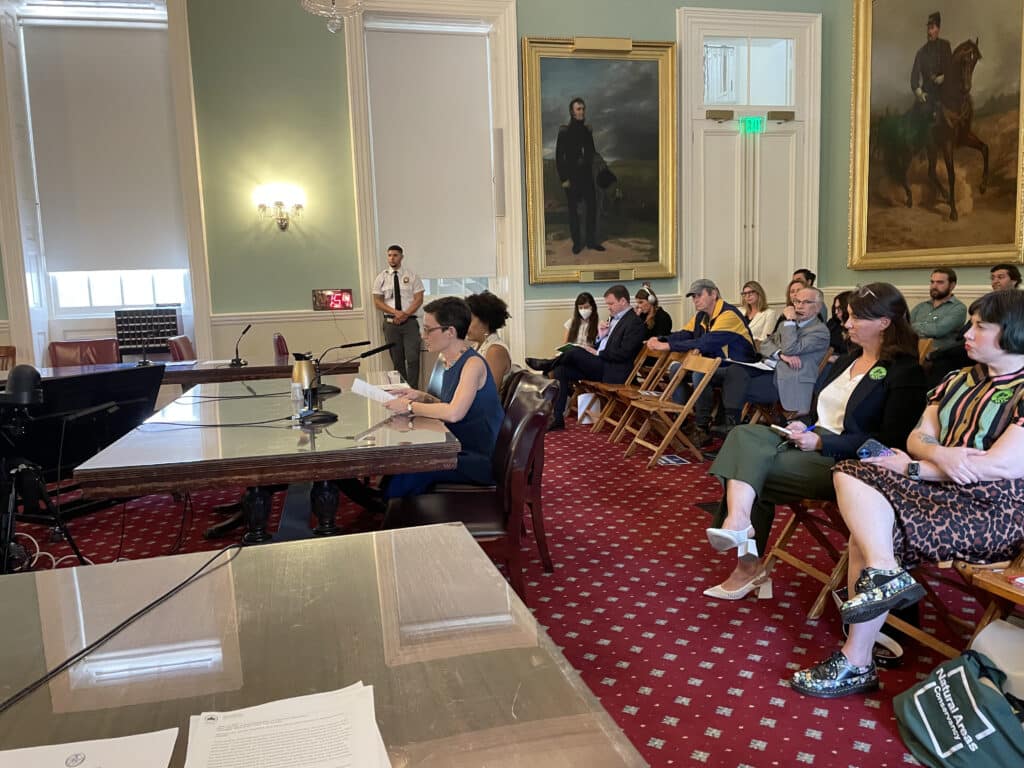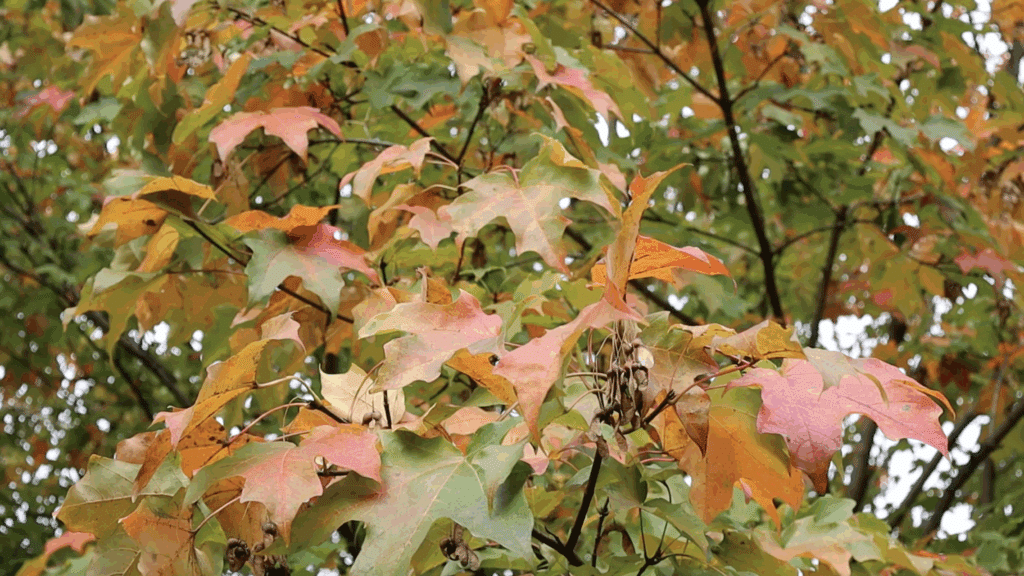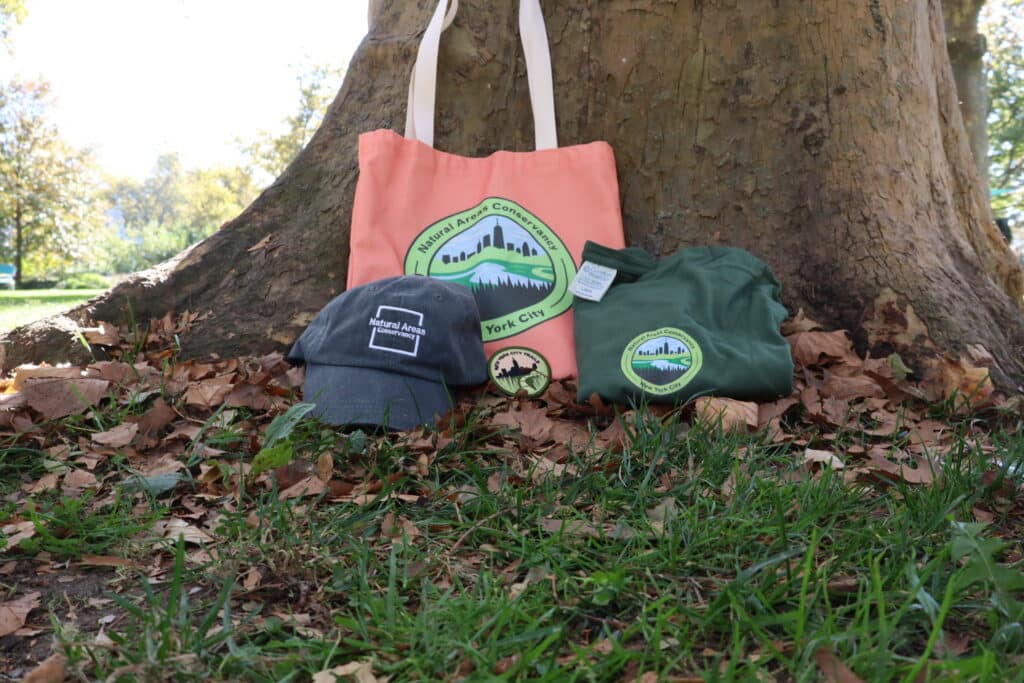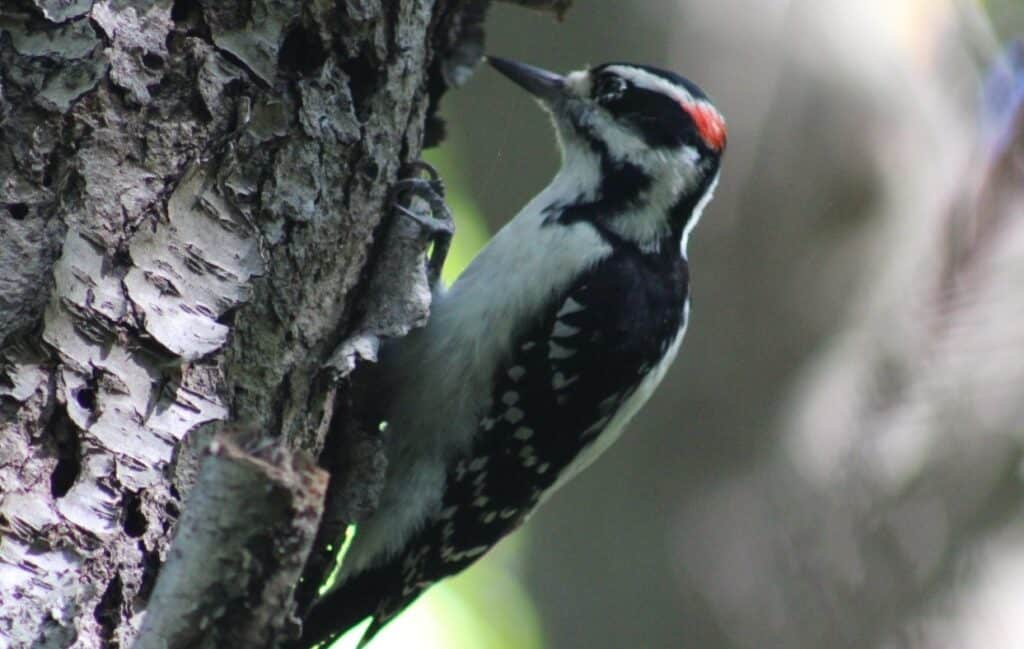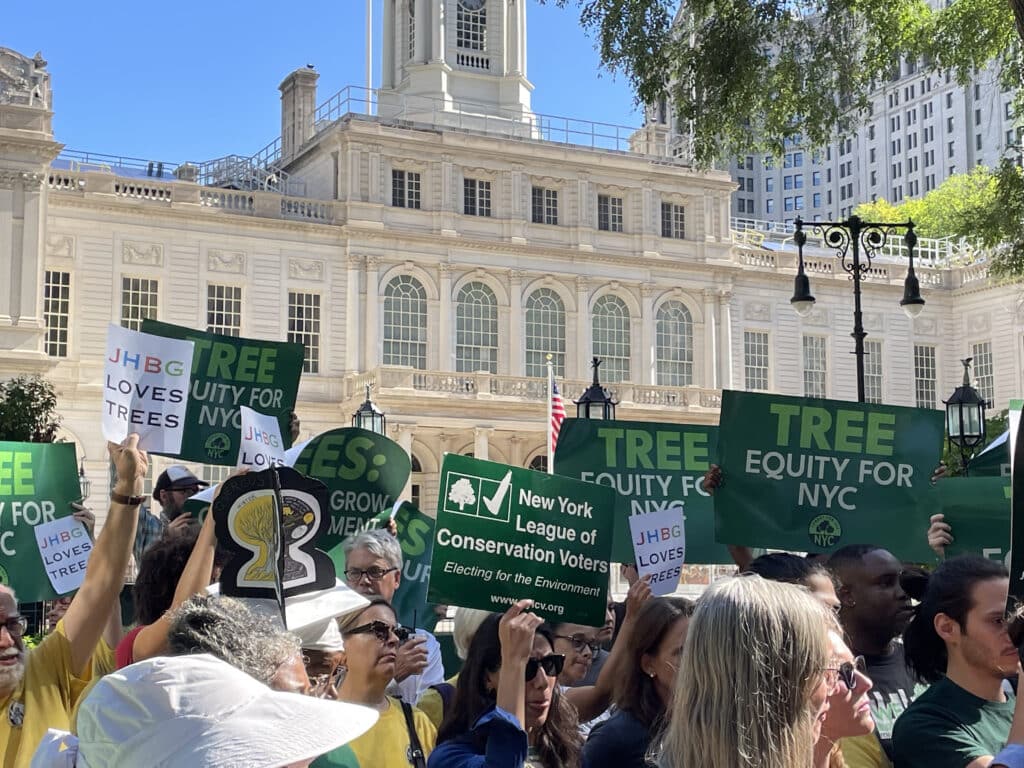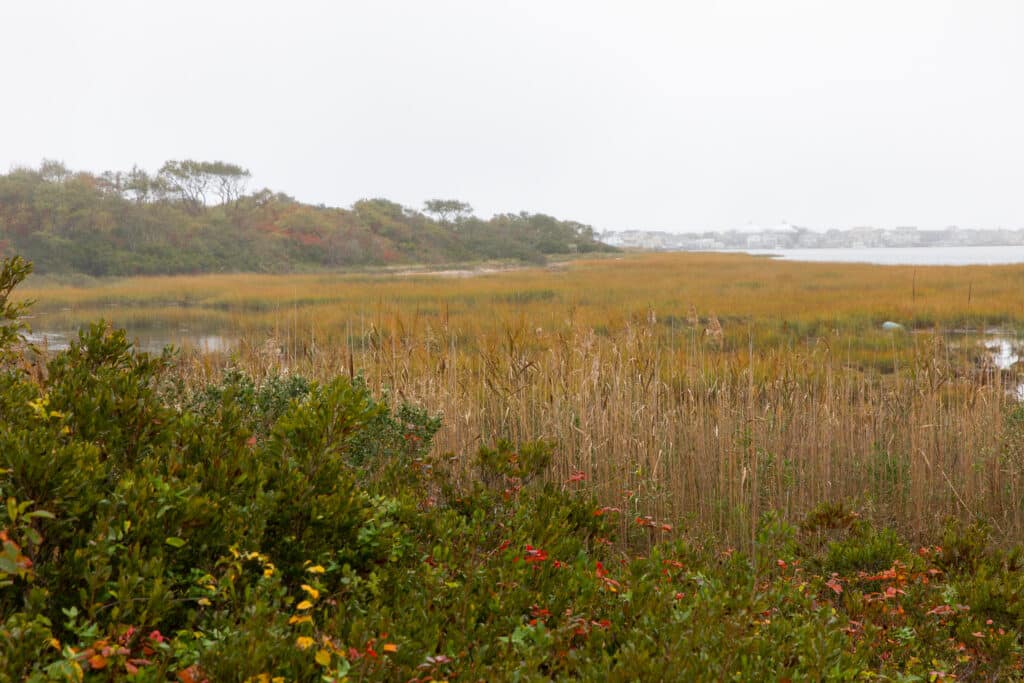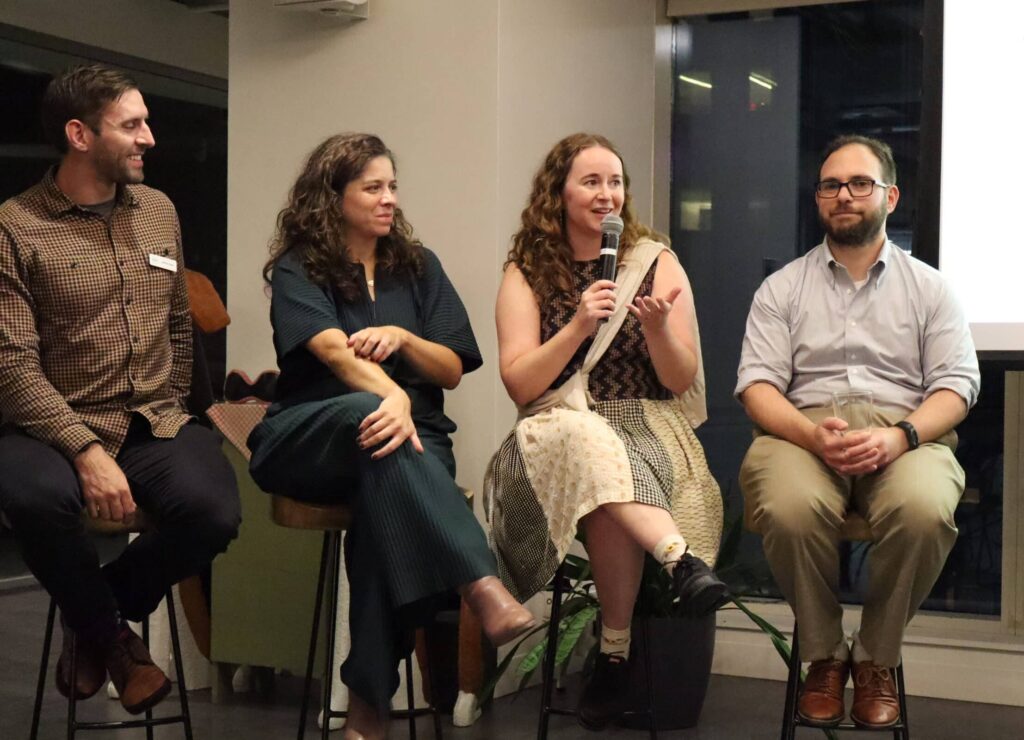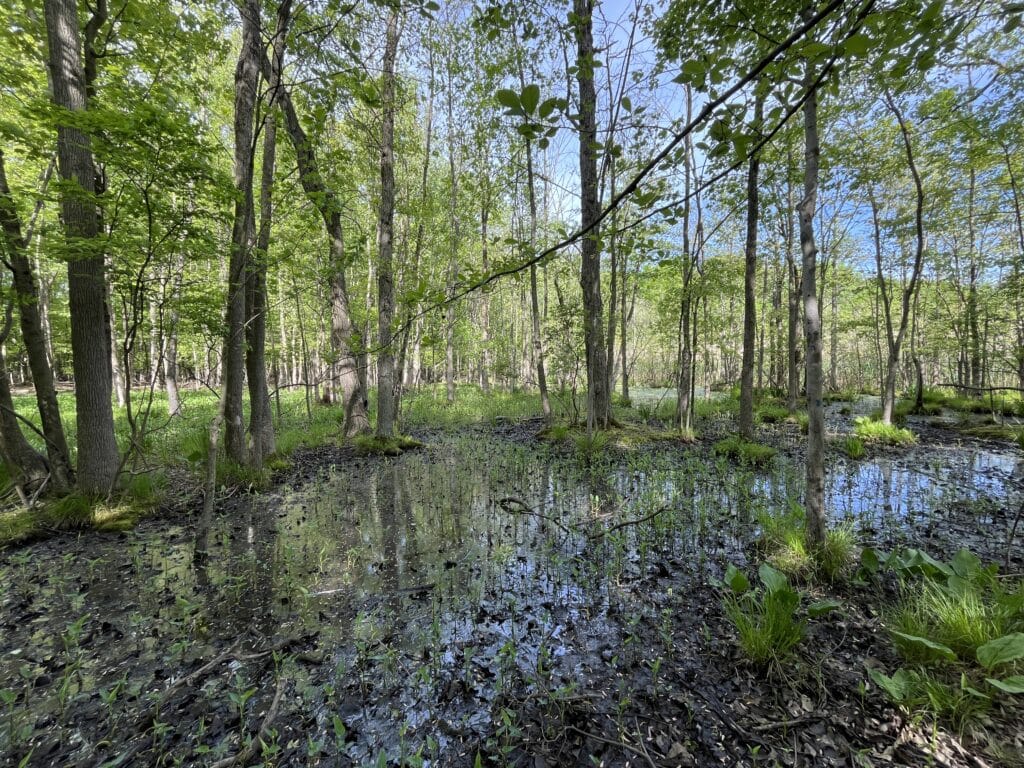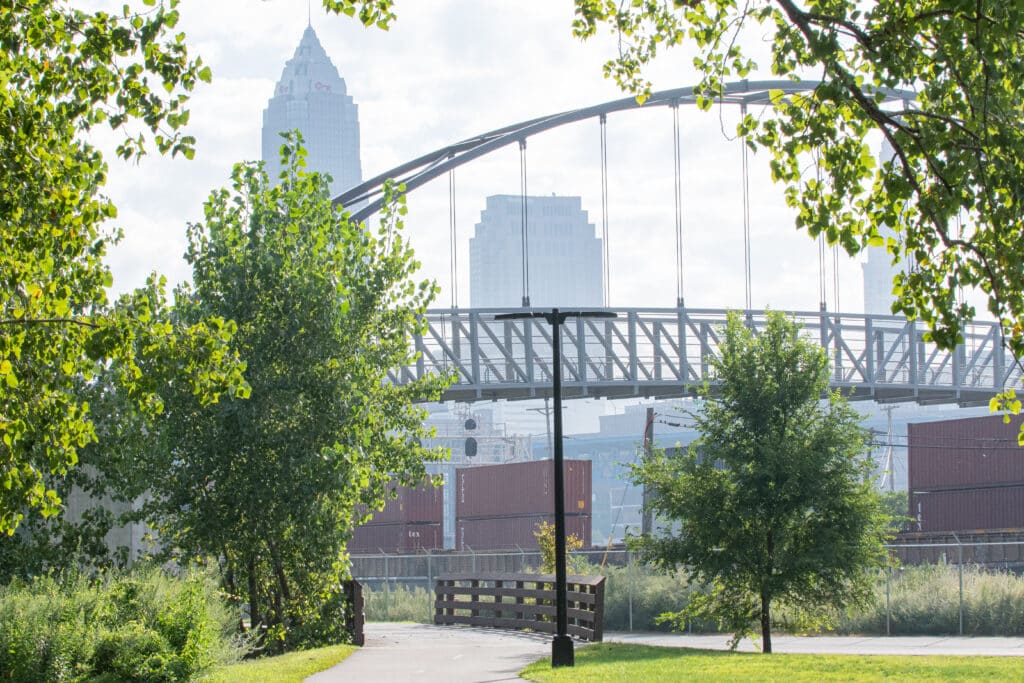The Forest Management Framework for New York City is a strategic and comprehensive plan to bolster and protect NYC’s vital urban forests.
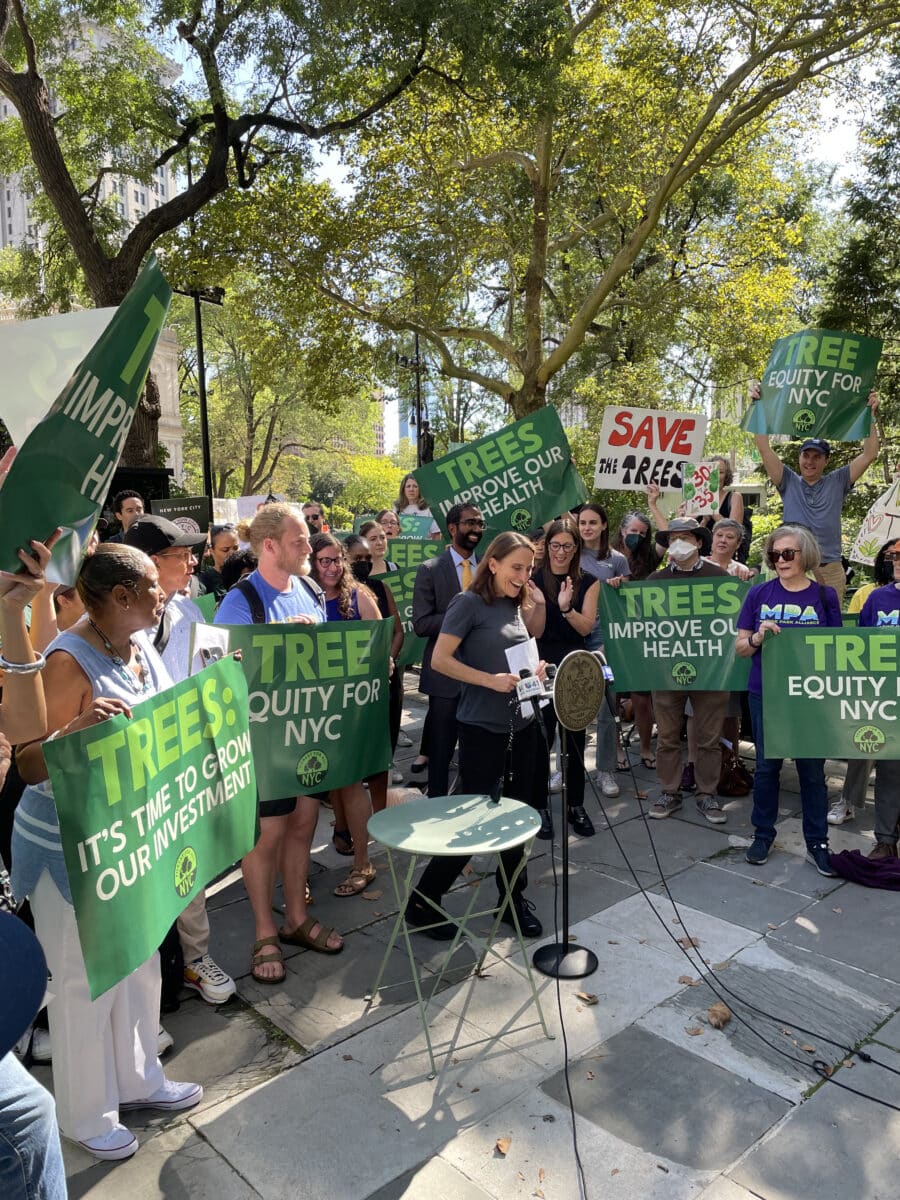
Championing natural areas in NYC and nationwide
As the leading advocate for natural areas in New York City, the Natural Areas Conservancy works collaboratively to ensure that our urban forests, wetlands, and grasslands are protected and receive sufficient public investment. Protecting urban natural areas is critically important for job creation, public recreation, and the preservation of vital ecosystems.
Our strategic partnerships and research are the cornerstones of our advocacy. We amplify the vital role of natural areas and call for the targeted investments necessary to protect and conserve these spaces. Partnership is the key to our success as advocates, and we work closely with park users and leading groups focused on parks, forestry, and the public realm.
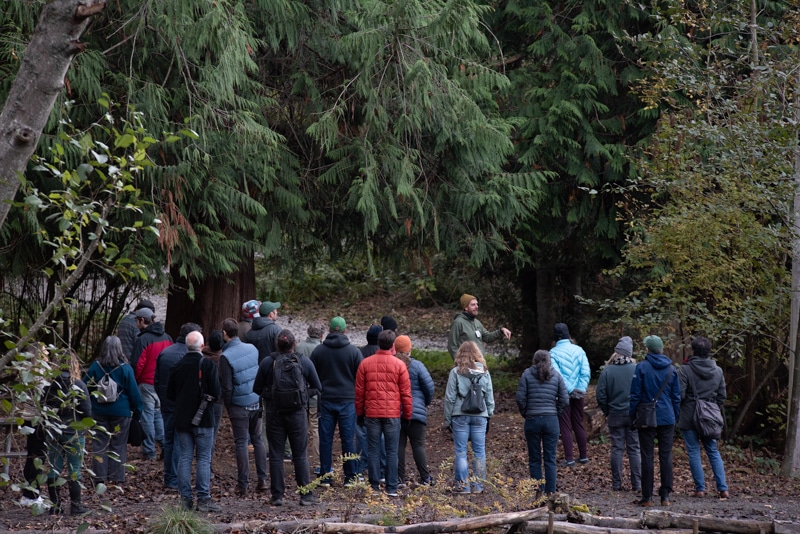
The Forests in Cities network
The NAC’s Forest in Cities network was launched in 2019 to promote and advance healthy forested natural areas in cities across America.
Through our 26-city network, we advance natural areas science, management, partnerships, and communication.
Explore the Network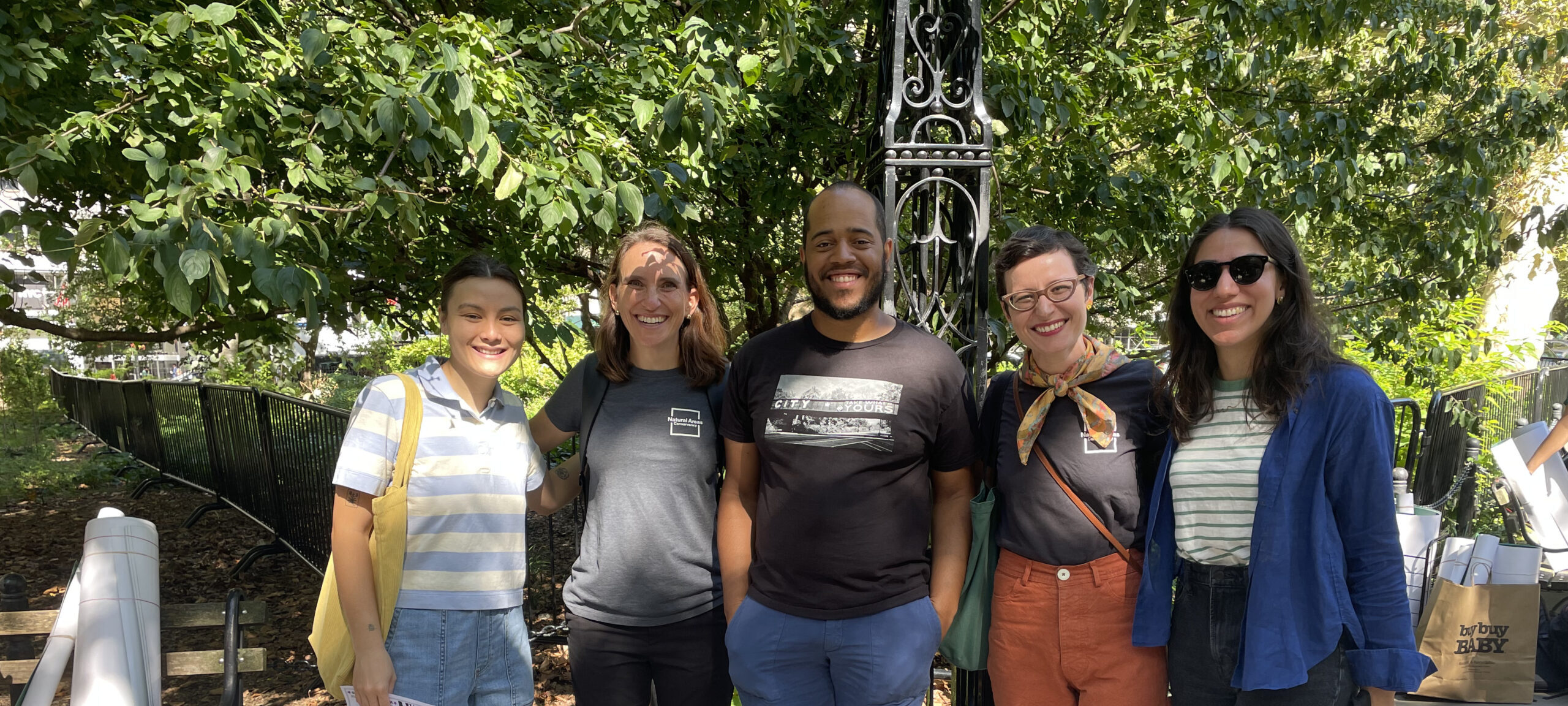

Raising awareness of natural areas
The 20,000 acres of natural areas within NYC require unique approaches to conservation and management. Our team advocates for policies and funding to support the care of urban natural areas with the city, state, and federal governments.
Get InvolvedFeatured Blog Post
Help NAC Advocate for Natural Areas in the City Budget
Between now and the end of June, the New York City Council and the Mayor’s Office will be making critical decisions about the budget for NYC Parks. You can help us advocate for our city’s natural forested ...
Read moreGoing on the record
The NAC testifies regularly before the New York City Council to highlight the role of natural areas as a form of public recreation and respite, and as a thriving ecosystem in our urban jungle. Recent wins include the passing of Local Law 148, which requires that NYC establish an urban forest plan and mandates a 30% tree canopy goal, and Local Law 135, which amends the City Charter to include tree canopy in the city’s long-term resiliency planning. The NAC will continue its work with partners to ensure these vital pieces of local legislation are properly implemented.
Planning for now and the next generation
-
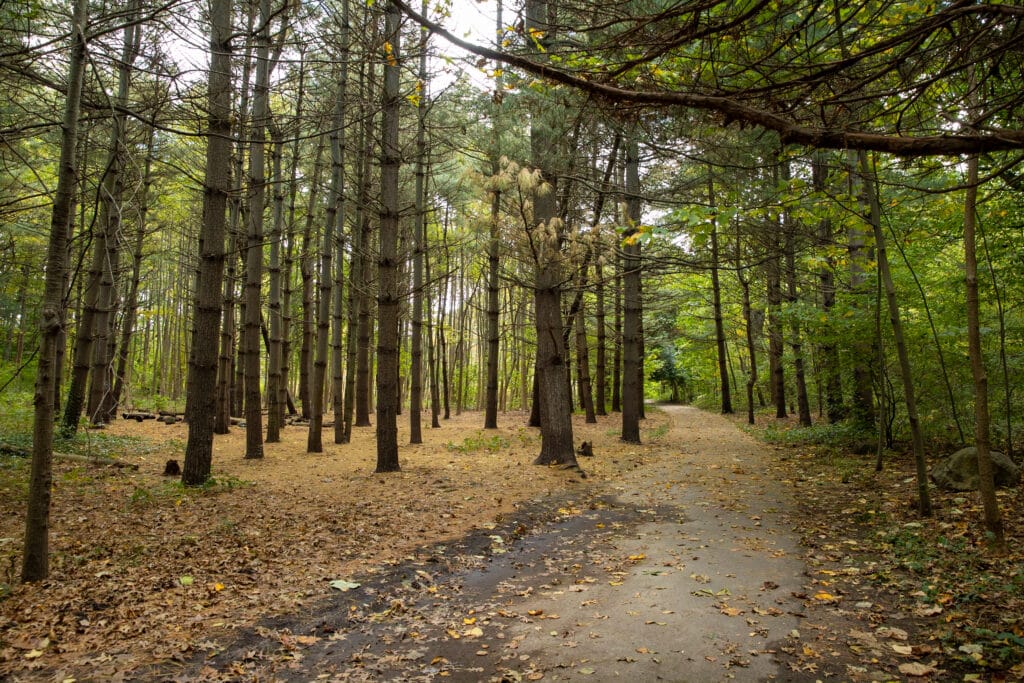
Forest Management Framework
Learn more -

Wetlands Management Framework
Learn moreThis framework presents a bold new vision for the restoration and care of NYC’s wetlands, outlining how to save these critical natural spaces.
-
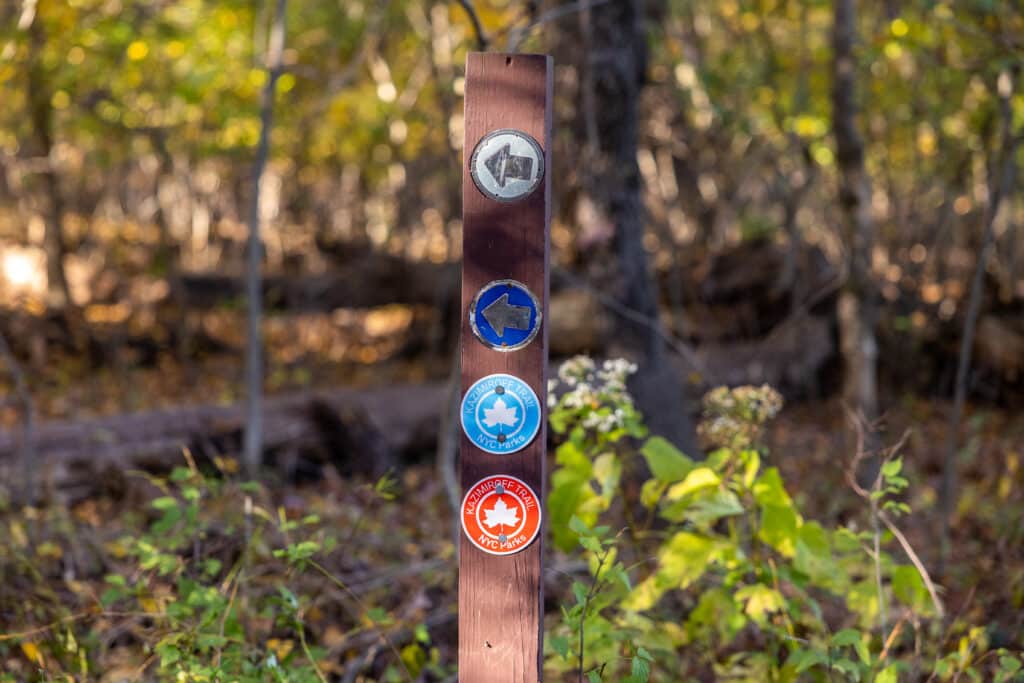
New York City Strategic Trails Plan
Learn moreThis plan aims to upgrade our city’s system of nature trails that spans all five boroughs and unify the existing network within NYC’s natural areas.
Support our advocacy by giving today
Your contribution ensures the NAC can continue to advocate for our city’s valuable and vulnerable forests and wetlands.
Give Today